I would like to use a pchannel FET as a voltage controlled resistor in a circuit where my voltages are between 0 and 1.1 Volts. I'm hoping to use the J175 but truthfully I am having a difficult time even deciphering this datasheet. Am I just tired today?
The two parts making no sense to me right now is Figure 5 showing VGS vs Drain Current and the lines on the graph are also apparently vgs(off) at different temperatures and at different voltages than the voltages of the graph.
Then there is a given formula in Figure 7. It is rds = rds / (1 - (vgs / vgs(off))).
From the datasheet, vgs(off) can be anywhere between 3 and 6 Volts. I'm just a little lost on how to fill the values into this formula. Obviously I'm wanting to keep Vgs in between 0 and 1.1 Volts and according to figure 12, this can possibly do something - but, how to actually solve.... how to correlate with vgs(off)... I don't understand.
The questions are:
- How to correlate Vgs(off) with Vgs in the formula given in Figure 7's formula?
- In the formula rds = rds.... Is this to be treated like an iteration (i=i+1)?
- If I'm seeing this all wrong, how would you solve for rds?
A user asked what problem I'm trying to solve. Here's a small portion of the circuit:

simulate this circuit – Schematic created using CircuitLab


